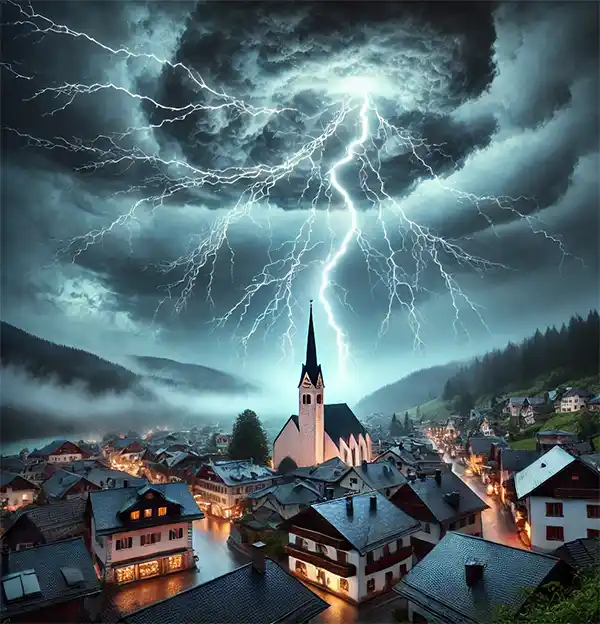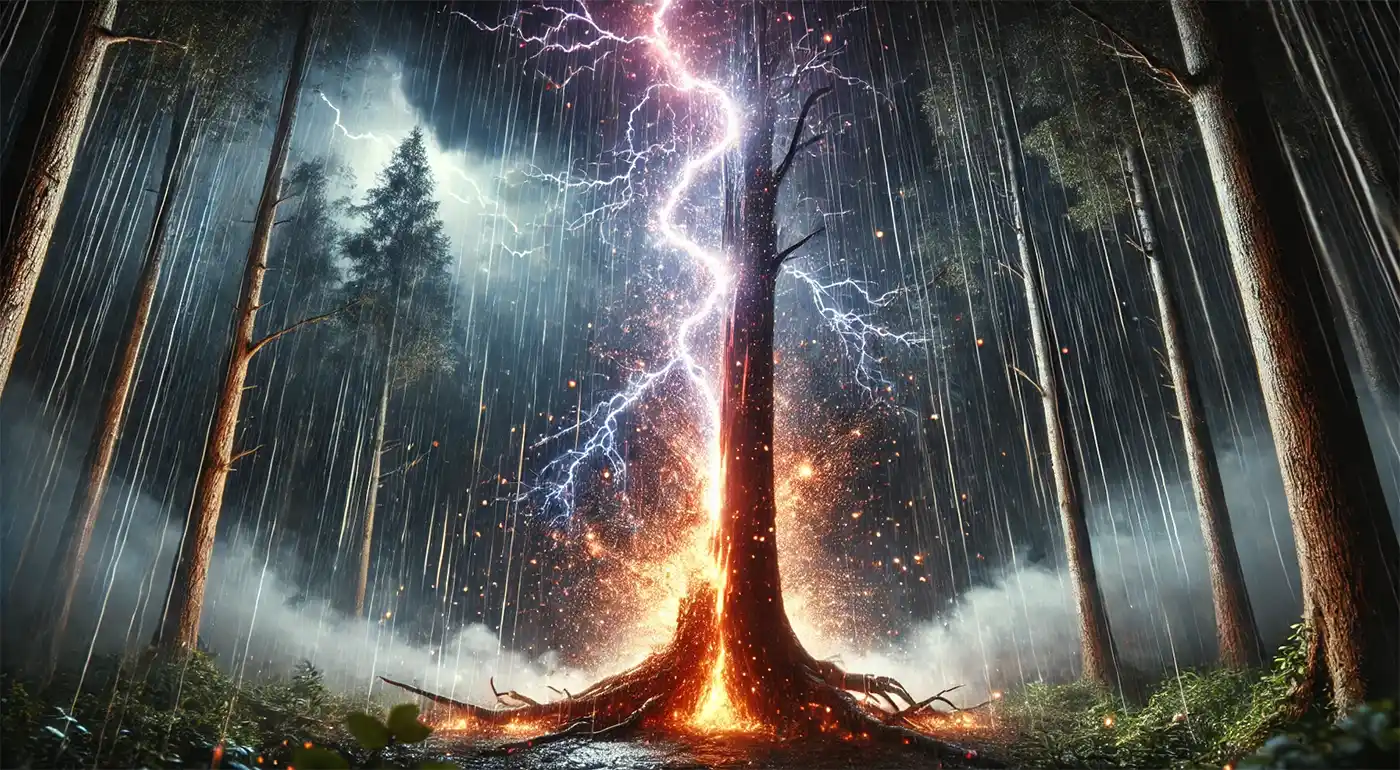
Forecasting Our Weathered Planet
Every March 23rd, the world takes a moment to celebrate World Meteorological Day—a day dedicated to the science of weather, the art of prediction, and the unsung heroes who help us decide whether to pack an umbrella or sunscreen. From swirling storm systems to serene sunny skies, this day highlights the crucial role meteorology plays in our daily lives and the health of our planet.
What Is World Meteorological Day?
World Meteorological Day marks the anniversary of the World Meteorological Organization (WMO), established on March 23, 1950. This specialized agency of the United Nations brings together 193 member states and territories to collaborate on all things weather, climate, and water. Think of it as the global HQ for understanding our planet’s atmospheric quirks.
The WMO’s mission is no small feat. It involves monitoring weather patterns, predicting natural disasters, and addressing climate change—all while ensuring that humanity stays one step ahead of Mother Nature’s mood swings. World Meteorological Day shines a spotlight on this vital work, reminding us of the science that keeps us informed and (mostly) dry.
A Brief History of Weather Watching
Humans have been obsessed with the weather for as long as we’ve been caught in the rain without a coat. Ancient civilizations relied on celestial observations, wind patterns, and even animal behavior to make rudimentary forecasts. The Greeks, for instance, attributed weather phenomena to temperamental gods like Zeus (lightning) and Poseidon (storms).
Fast forward to the 19th century, and meteorology began its transformation into a bona fide science. Instruments like barometers, thermometers, and anemometers allowed scientists to measure atmospheric conditions with unprecedented accuracy. The invention of the telegraph in the mid-1800s revolutionized weather reporting, enabling the rapid exchange of data across distances.
Today, we have satellites orbiting Earth, supercomputers crunching data, and apps that let us check the weather in real-time. We’ve come a long way from “red sky at night, sailor’s delight”—though that’s still oddly accurate.
The Science Behind the Forecast
Meteorology isn’t just about guessing whether it’ll rain during your picnic. It’s a complex field that combines physics, chemistry, and mathematics to understand and predict atmospheric phenomena. Here are a few key components:
- Atmospheric Pressure: The weight of the air above us influences weather patterns. High pressure usually means clear skies, while low pressure can bring storms.
- Temperature and Humidity: These factors dictate everything from cloud formation to precipitation types. They’re also why your hair frizzes up in certain climates.
- Wind Patterns: Winds move weather systems around the globe. They’re also why your umbrella flips inside out when you least expect it.
- Weather Models: Supercomputers run simulations using vast amounts of data to predict everything from tomorrow’s drizzle to next month’s hurricane path.

Fun Weather Facts to Blow You Away
Weather is more than just a daily conversation starter—it’s a treasure trove of fascinating, mind-blowing facts that highlight the power and unpredictability of nature. From record-breaking phenomena to quirky trivia, here are some tidbits to keep you entertained:
- The Fastest Winds: Tornadoes can produce wind speeds over 300 mph—enough to send a cow airborne (just ask Dorothy).
- The Wettest Place on Earth: Mawsynram, India, holds the record for the most annual rainfall, averaging over 467 inches.
- Clouds Are Heavy: The average cumulus cloud weighs about 1.1 million pounds, yet it floats effortlessly.
- Lightning’s Hotter Than the Sun: A bolt of lightning can reach temperatures of 30,000 Kelvin, five times hotter than the surface of the Sun.
- Snow Isn’t Always White: Snow can appear pink (watermelon snow) due to algae that thrive in cold conditions.
- Hailstones Can Get Huge: The largest hailstone ever recorded in the U.S. weighed nearly two pounds and measured eight inches in diameter—imagine that hitting your car!
- Rain Can Smell: The distinctive earthy scent after rain is called “petrichor,” caused by oils released by soil-dwelling bacteria.
- Weather Influences Mood: Barometric pressure changes have been linked to mood shifts, proving that weather really does affect how we feel.
How to Celebrate World Meteorological Day
World Meteorological Day isn’t just for weather geeks (though they deserve their moment in the sun). Here’s how you can join in:
- Learn About Climate Science: Take some time to understand how meteorology connects to climate change. Knowledge is power, especially when it comes to preserving our planet.
- Visit a Weather Station: Many meteorological institutions offer tours. Seeing how forecasts are made can deepen your appreciation for the science behind them.
- Host a Weather Trivia Night: Gather friends and test their knowledge on weather facts, from hurricanes to heatwaves.
- Create a Weather Journal: Start tracking daily weather conditions in your area. It’s a fun way to notice patterns and feel connected to your local environment.
- Thank a Meteorologist: These professionals work tirelessly to keep us safe and informed. A little gratitude goes a long way.
Weather shapes our lives in more ways than we often realize. It dictates what we wear, where we live, and even what we eat. Farmers rely on accurate forecasts to protect crops; pilots need precise weather data to ensure safe flights; and energy providers monitor weather patterns to predict demand. From the smallest details of daily life to large-scale economic planning, weather impacts us all.
It’s also a force that unites us. Few topics are as universally relatable as the weather, sparking conversations across cultures and continents. Whether it’s the first snowfall of the season or a particularly intense heatwave, weather is a shared experience that connects us to the natural world and to one another.
 Beyond convenience, understanding weather is vital for survival. Meteorology helps us prepare for extreme events like hurricanes, floods, and droughts, saving countless lives every year. It also plays a critical role in addressing climate change by providing the data needed to understand and mitigate its impacts.
Beyond convenience, understanding weather is vital for survival. Meteorology helps us prepare for extreme events like hurricanes, floods, and droughts, saving countless lives every year. It also plays a critical role in addressing climate change by providing the data needed to understand and mitigate its impacts.
World Meteorological Day reminds us that weather isn’t just a backdrop to our lives—it’s a dynamic, ever-changing system that sustains and challenges us. By appreciating its complexity and beauty, we can better protect our planet and ourselves.
Happy World Meteorological Day—may your skies be clear, your winds be gentle, and your forecasts be accurate!
Please Share our Content








 Beyond convenience, understanding weather is vital for survival. Meteorology helps us prepare for extreme events like hurricanes, floods, and droughts, saving countless lives every year. It also plays a critical role in addressing climate change by providing the data needed to understand and mitigate its impacts.
Beyond convenience, understanding weather is vital for survival. Meteorology helps us prepare for extreme events like hurricanes, floods, and droughts, saving countless lives every year. It also plays a critical role in addressing climate change by providing the data needed to understand and mitigate its impacts.








 "Sláinte!" is a traditional Irish expression used as a toast, equivalent to "Cheers!" in English.
"Sláinte!" is a traditional Irish expression used as a toast, equivalent to "Cheers!" in English.